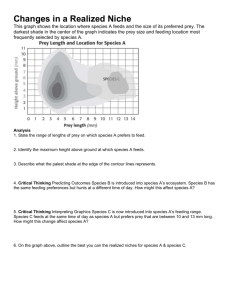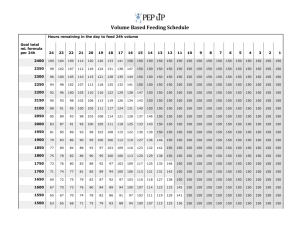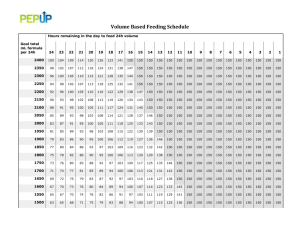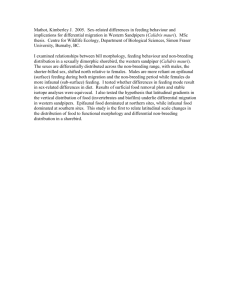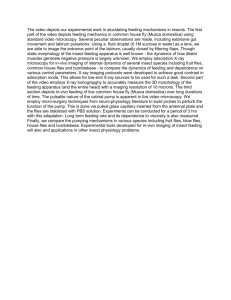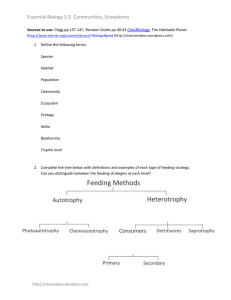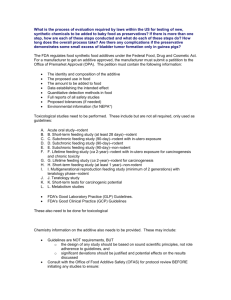STEPHANE J MONTUELLE, Ph. D. Post
advertisement
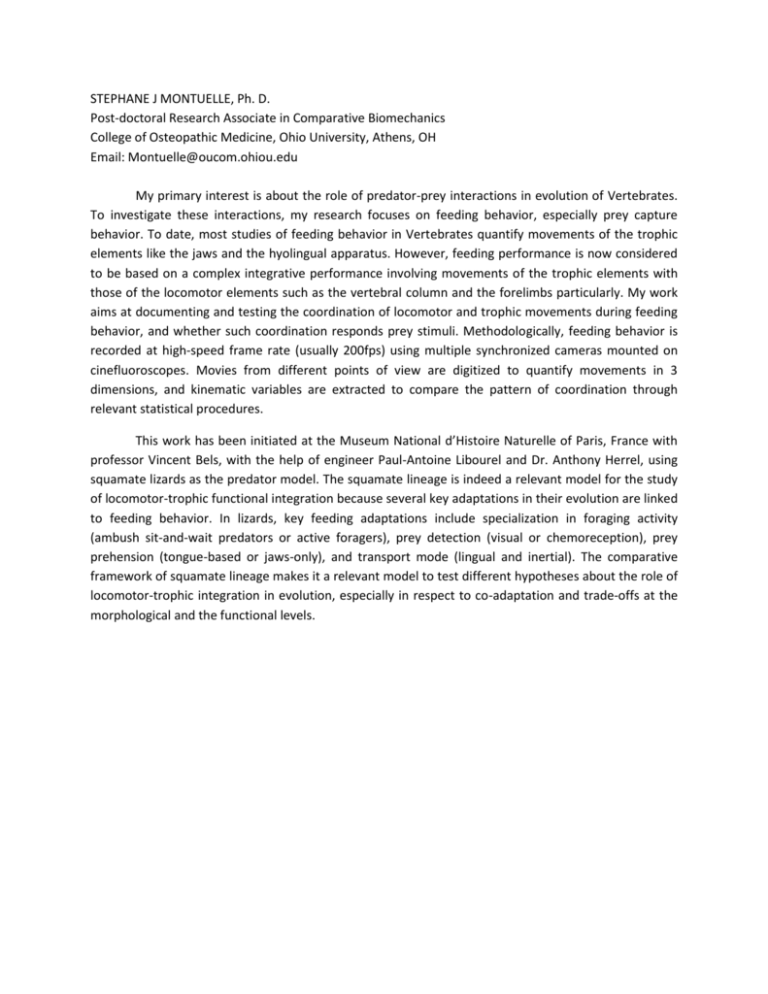
STEPHANE J MONTUELLE, Ph. D. Post-doctoral Research Associate in Comparative Biomechanics College of Osteopathic Medicine, Ohio University, Athens, OH Email: Montuelle@oucom.ohiou.edu My primary interest is about the role of predator-prey interactions in evolution of Vertebrates. To investigate these interactions, my research focuses on feeding behavior, especially prey capture behavior. To date, most studies of feeding behavior in Vertebrates quantify movements of the trophic elements like the jaws and the hyolingual apparatus. However, feeding performance is now considered to be based on a complex integrative performance involving movements of the trophic elements with those of the locomotor elements such as the vertebral column and the forelimbs particularly. My work aims at documenting and testing the coordination of locomotor and trophic movements during feeding behavior, and whether such coordination responds prey stimuli. Methodologically, feeding behavior is recorded at high-speed frame rate (usually 200fps) using multiple synchronized cameras mounted on cinefluoroscopes. Movies from different points of view are digitized to quantify movements in 3 dimensions, and kinematic variables are extracted to compare the pattern of coordination through relevant statistical procedures. This work has been initiated at the Museum National d’Histoire Naturelle of Paris, France with professor Vincent Bels, with the help of engineer Paul-Antoine Libourel and Dr. Anthony Herrel, using squamate lizards as the predator model. The squamate lineage is indeed a relevant model for the study of locomotor-trophic functional integration because several key adaptations in their evolution are linked to feeding behavior. In lizards, key feeding adaptations include specialization in foraging activity (ambush sit-and-wait predators or active foragers), prey detection (visual or chemoreception), prey prehension (tongue-based or jaws-only), and transport mode (lingual and inertial). The comparative framework of squamate lineage makes it a relevant model to test different hypotheses about the role of locomotor-trophic integration in evolution, especially in respect to co-adaptation and trade-offs at the morphological and the functional levels.



